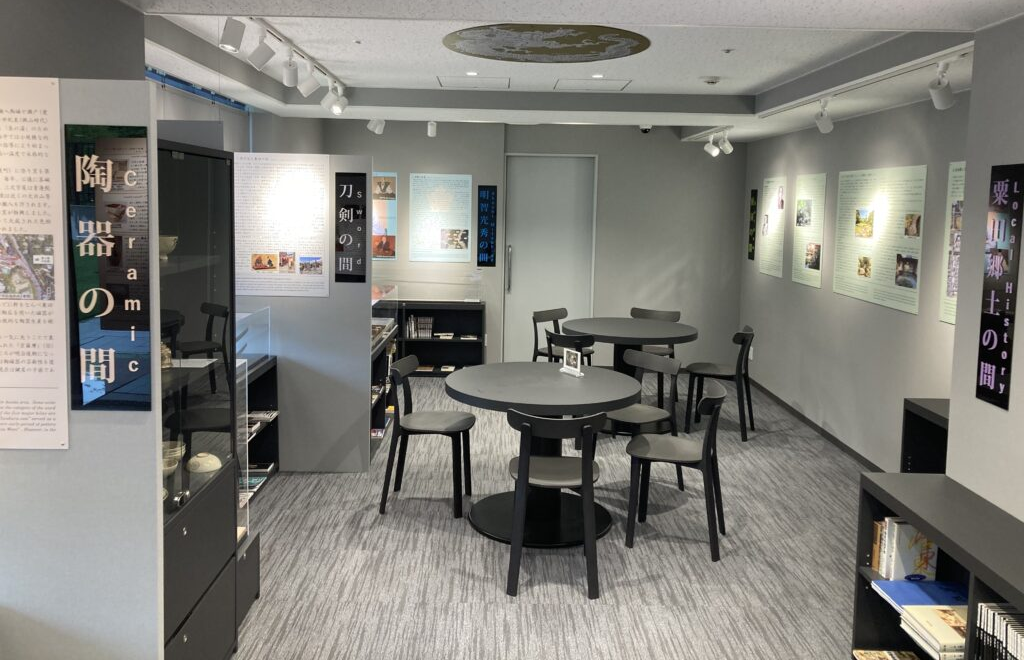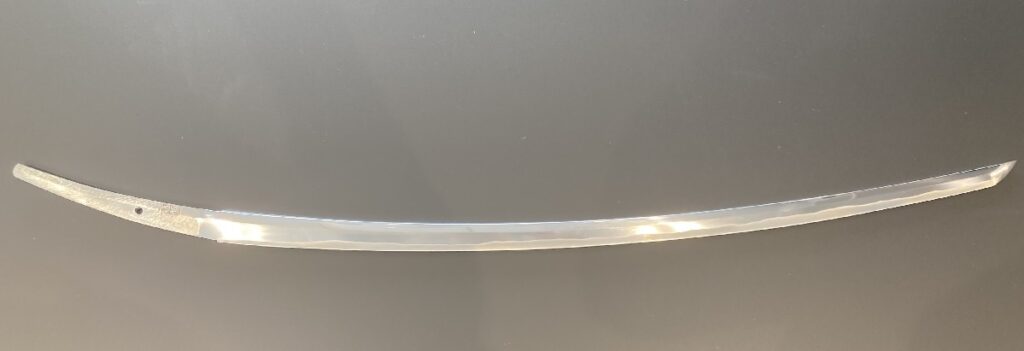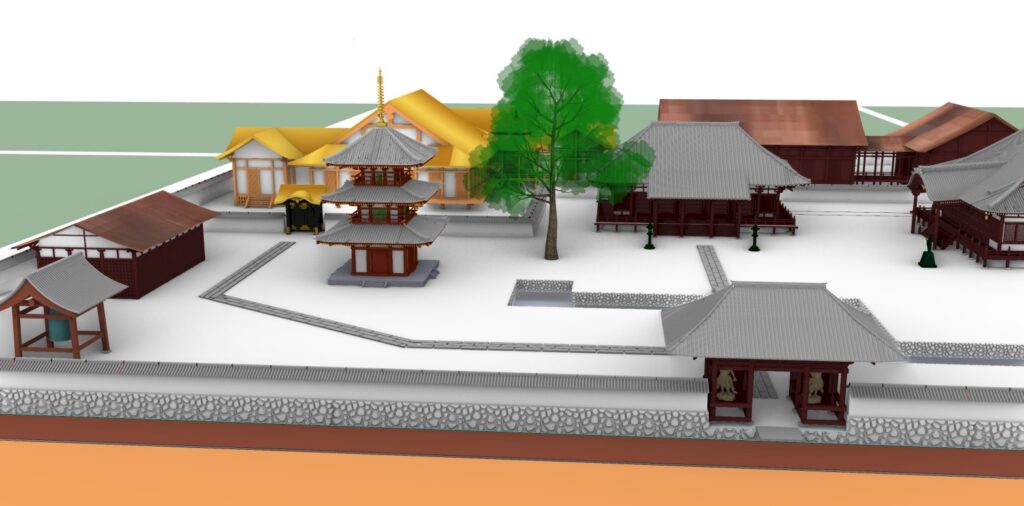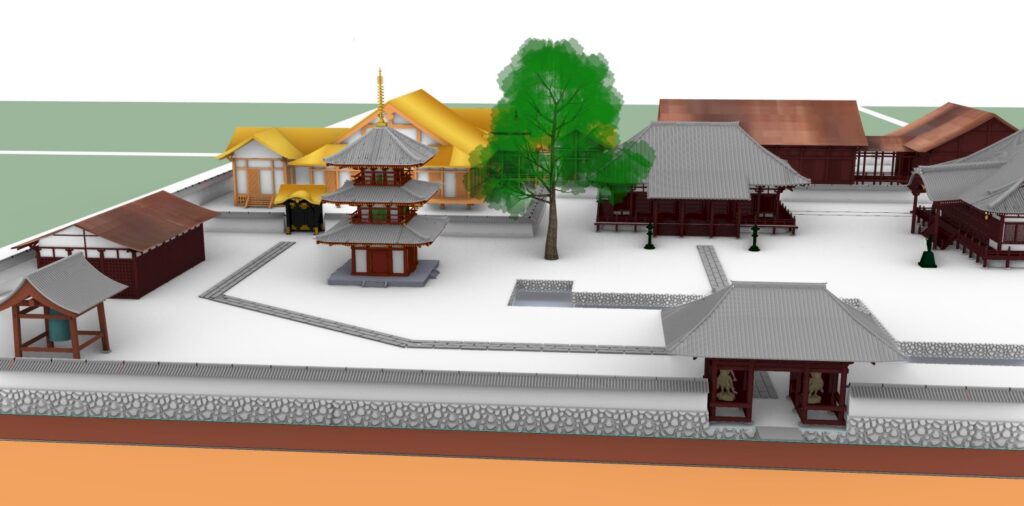AWATA GALLERY & LIBRARY
“Awata” has been known since ancient times as Kyoto’s gateway to Tokyo via the Tokaido Road. This local gallery and library features exhibitions and offers open access to books related to the many cultural traditions that have developed in the “Awata” area. Admission is free and open to everyone, so please feel free to stop by while sightseeing or exploring the neighborhood.
[Opening hours: Weekdays 9 AM – 5 PM]
-1024x449.jpg)
The illustration below is a traced and modified version of the “Awata” section from the Edo-period picture book Famous Places in the Capital.

Appearance of the facility
Five Themes at Our Facility

1. Awatayaki (Awata Ware)
“Awata” was once the birthplace of pottery in Kyoto. Awatayaki (Awata ware) became one of Kyoto’s representative ceramics, though its popularity declined in modern times. This facility not only displays Awata ware but also introduces its history and distinctive features.

2. Japanese Swords (Awataguchi School)
In ancient times, “Awata” was a center of Japanese sword production and the birthplace of legendary swordsmiths such as Sanjo Munechika, from the Awataguchi school. Although the original forges are gone, many traditions and historical sites remain. Our exhibition includes replicas of famous swords and explanations of their unique characteristics.


3. Mitsuhide Akechi (Famous military commander)
In the Middle Ages, Akechi Mitsuhide served as a senior retainer to Oda Nobunaga and is well known for his betrayal at Honnoji. He was buried in “Awata” as a traitor, but his headstone is still honored today. This facility explains Mitsuhide’s connection to Kyoto and includes a recreated image of Honnoji from that time.
[ The photo shows an imagined reconstruction of Honnoji. ]

4. Modern garden(Jihei Ogawa)
The nearby Okazaki area is home to many famous gardens designed by Jihei Ogawa, regarded as the founder of modern Japanese gardens. His garden design company, Ueji, has been based in “Awata” for generations. Jihei was its seventh-generation head. This facility provides insights into Jihei’s life and the evolution of modern garden design.
[ The photo shows the “Garden of the Westin Miyako Hotel Kyoto,” from the hotel’s website. ]
